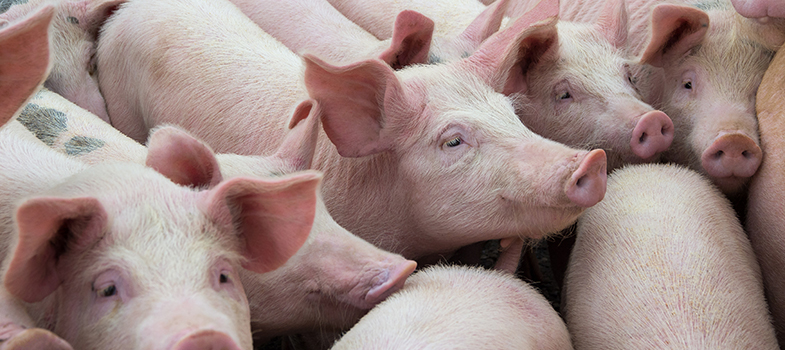Antimicrobial resistance in animals
Introduction
Welcome to Antimicrobial resistance in animals. This module is aimed at animal health professionals, including laboratory scientists, veterinary services professionals, policy-makers and data scientists such as epidemiologists.
This module builds on information provided in the introductory modules, exploring in depth the challenge of antimicrobial resistance (AMR) in animals. We will only consider bacterial resistance in this module rather than, for example, resistance in parasitic worms. The module begins by covering how and why antimicrobials are used in animals, and how this influences the emergence of resistance in bacteria within animals. Then you will explore pathways for transmission of resistance between animals, humans and the environment. Finally, you consider how different types of data can be used to address the AMR challenge. There are opportunities to reflect on how the principles from the module can be applied in your own setting.
Antimicrobials are compounds that kill or inhibit the growth of any type of microorganism. In this module, we will use the term ‘antimicrobial’ to refer to any drug that is active against bacteria, i.e. antibacterial medicines. We include poultry when using the term ‘livestock’, and ‘food-producing animals’ refers to livestock and aquaculture species. We use the term ‘
After completing this module, you will be able to:
- describe the ways in which antimicrobials are used in animals
- describe the main mechanisms by which AMR in animal production systems may influence the occurrence of resistance in human pathogens, and other routes influencing the occurrence of resistant bacteria in animals and the environment
- explain the consequences of resistant bacteria in animals for animal health, food production and human health
- explain why monitoring AMR in food animal systems (including samples from healthy animals) is critical for tackling the AMR crisis
- illustrate the links between animal health, human health and the environment in animal production systems in relation to AMR
- apply scientific terminology related to AMR when explaining your current work.
Activity 1: Assessing your skills and knowledge
Before you begin this module, you should take a moment to think about the learning outcomes and how confident you feel about your knowledge and skills in these areas. Do not worry if you do not feel very confident in some skills – they may be areas that you are hoping to develop by studying these modules.
Now use the interactive tool to rate your confidence in these areas using the following scale:
- 5 Very confident
- 4 Confident
- 3 Neither confident nor not confident
- 2 Not very confident
- 1 Not at all confident
This is for you to reflect on your own knowledge and skills you already have.



